Those of you who regularly read the articles that Ross and I put together have undoubtedly seen each of us use the terms “creeper” and “sim pressure” at some point. I figured an article dedicated to explaining how to distinguish creepers and sim pressures in more detail might be a good off-season write-up.
Creepers and sim pressures both describe a defensive call where the defense is only rushing four guys, but at least one of the rushers is a back-7 defender (a linebacker, safety, or cornerback). However, creepers and sim pressures are two different concepts. Nonetheless, these two concepts are relatively easy to distinguish.
A creeper is when a defense is in a base alignment and they only rush four guys, but one of the rushers is a back-7 defender and one of the defensive linemen/edge players drops into coverage.
In simple terms, the difference between a creeper and a sim pressure is that creepers are run out of a base defensive alignment, while sim pressures are run out of an alignment where the defense is showing pressure based on their pre-snap alignment (i.e., the defense has five or more guys up on the line of scrimmage). “Sim” pressure is short for “simulated” pressure, which makes sense because the defense is essentially “simulating” pressure by lining up five or more guys on the line of scrimmage.
I think the following diagram provides a good visual comparison between a typical creeper and a typical sim pressure:

As you can see, the only difference between these two calls is that both linebackers (the “W” and the “M”) are walked up to the line of scrimmage in the sim pressure diagram. The fact that the defense has six guys on the line of scrimmage in the sim pressure diagram is what makes it a sim pressure instead of a creeper.
Let’s look at a few more examples of both creepers and sim pressures, including an example of a hybrid between a creeper and a sim pressure (which can be referred to as an “off-ball” sim pressure). Given how often Jim Leohnard calls for both creepers and sim pressures, I figured Wisconsin’s film would provide the best examples, so most of the clips in this article feature the 2022 Wisconsin defense.
creepers
In the following clip, Wisconsin runs an edge/C-gap creeper paired with Cover 3 behind it. As you will see, Wisconsin is in a base alignment (four men on the line of scrimmage), the extra rusher is a back-7 player (the inside linebacker to the boundary/bottom of the screen), and one of the defensive linemen/edge players drops into coverage (the edge player to the field/top of the screen).
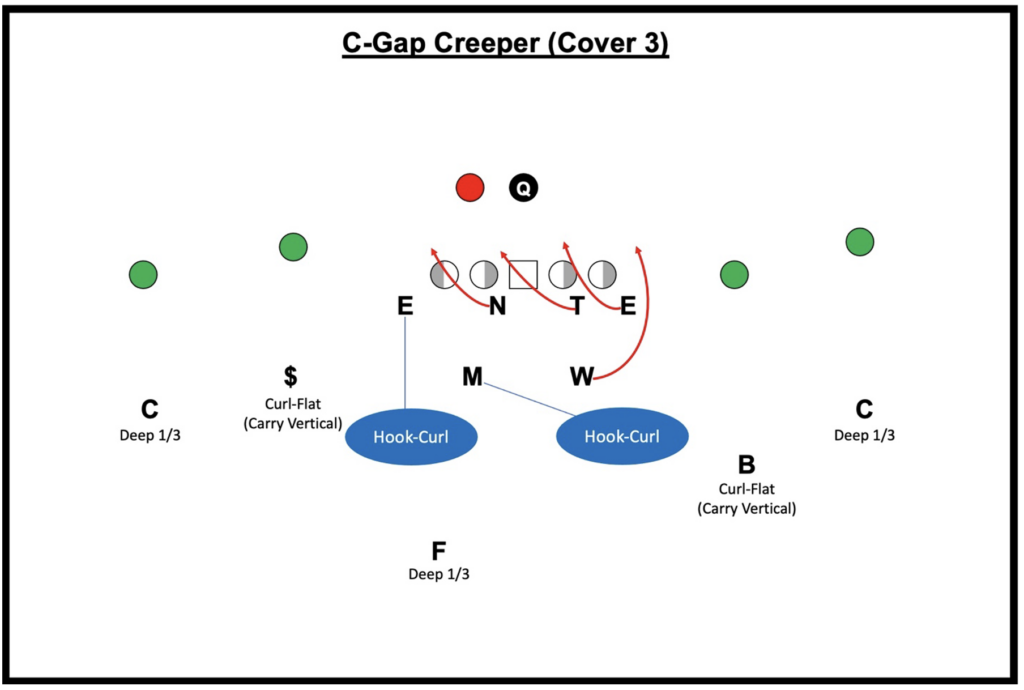
Defenses can have the fourth rusher insert through other gaps besides the edge/C-gap when running creepers, however. Below, for example, Wisconsin calls for a creeper with the fourth rusher (the inside linebacker to the boundary/bottom of the screen) inserting through the B-gap:
Furthermore, because creepers still have seven guys dropping into coverage, defenses can pair creepers with a wide array of different coverages. In the next clip, you’ll see Wisconsin call for an A-gap creeper paired with Cover 1 Rat coverage:
As you can see in the above clip, the defensive end/edge player dropping into coverage (the edge player to the boundary/bottom of the screen) drops into the low middle hole and reads the QB’s eyes, there is one deep safety, and everyone else is in man coverage.
Essentially, creepers are effective because they give the image that the defense is rushing five players even though the defense is only rushing four. The offensive line still has to account for picking up the back-7 player who’s rushing the quarterback, and the quarterback has to account for the defensive lineman who’s dropping into coverage.
sim pressures
While Creepers can be used on essentially any down/distance, sim pressures are more commonly used in obvious passing situations. Like Creepers, sim pressures also involve rushing four guys with one of them being a back-7 player.
Generally speaking, the determining factor in whether a particular play call should be labeled a creeper or a sim pressure is the number of defenders up on the line of scrimmage. If there are only four defenders on the line of scrimmage, it is a creeper. If there are five or more defenders up on the line of scrimmage, it is a sim pressure.
See an example of Wisconsin running a B-gap sim pressure below (paired with Cover 3 coverage):
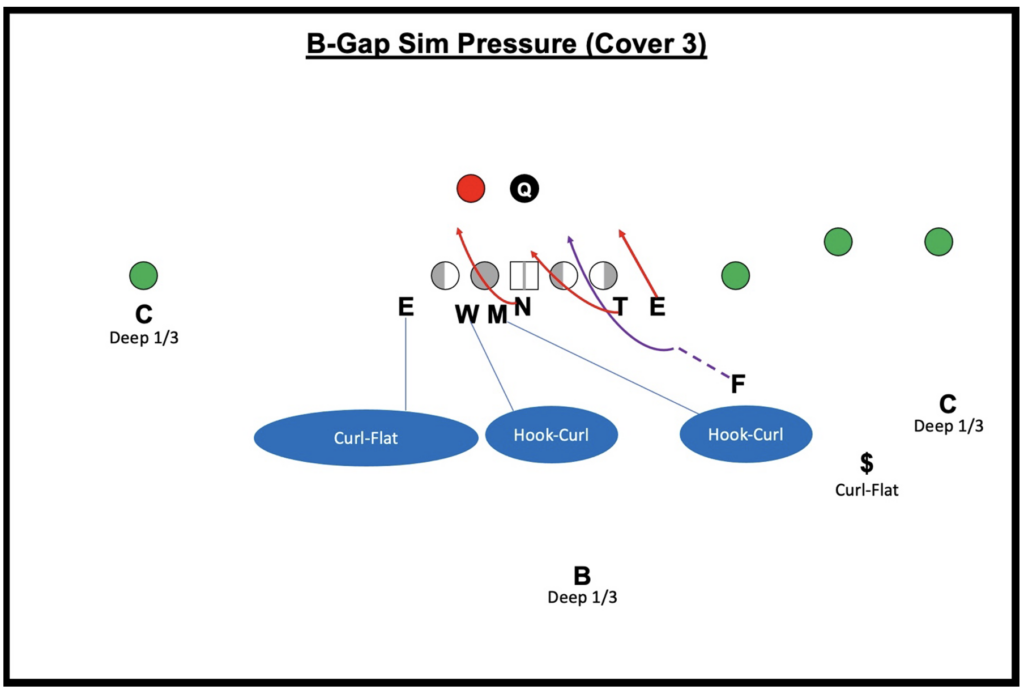
As you can see, Wisconsin’s pre-snap alignment had six guys up on the line of scrimmage. However, three of those guys dropped into coverage and the fourth rusher was someone who wasn’t up on the line of scrimmage before the snap.
Just like creepers, sim pressures can also be run with the fourth rusher inserting through any gap and paired with a wide variety of coverages. Below, for example, is a clip I included in my article about Georgia’s defense in which Georgia is running a B-gap sim pressure paired with Tampa-2 coverage:
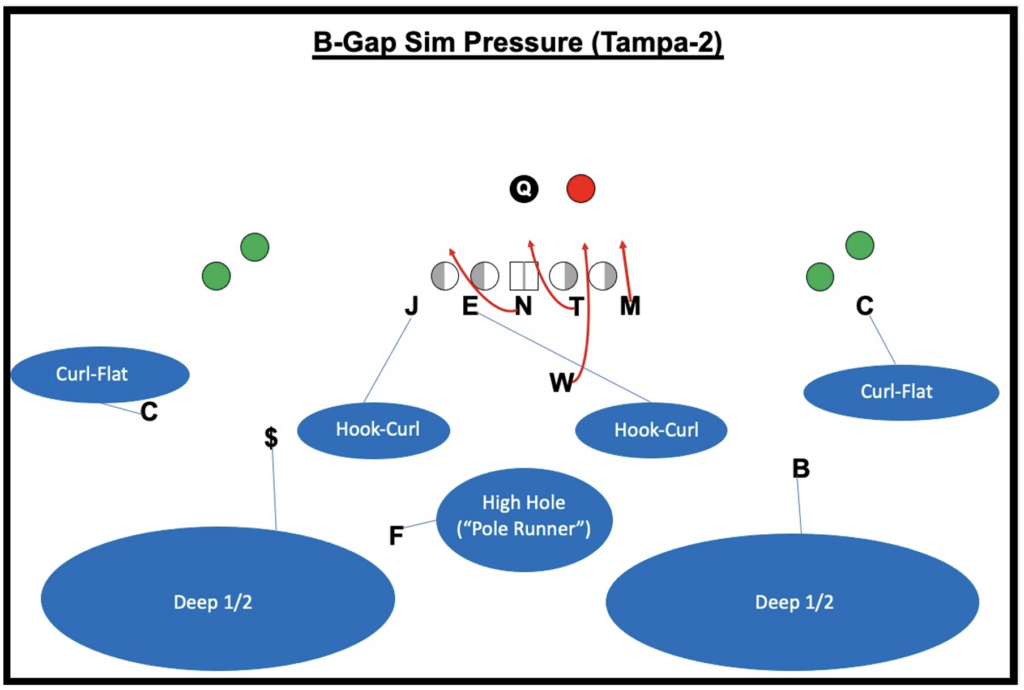
“OFF-BALL” SIM PRESSURES (CREEPER/SIM PRESSURE HYBRIDS)
“Off-ball” sim pressures have elements of both creepers and traditional sim pressures. As with creepers and traditional sim pressures, off-ball sim pressures are four-man rushes. The difference with off-ball sim pressures, however, is that two of the four rushers will be back-7 players rather than just one of the four rushers being a back-7 player.
Off-ball sim pressures resemble creepers because they are run out of base defensive alignments.
Meanwhile, the trait off-ball sim pressures share with traditional sim pressures is that off-ball sim pressures give the image that the defense is rushing at least five guys.
However, where off-ball sim pressures differ from traditional sim pressures is in the fact that the defense does not have five or more guys up on the line of scrimmage when running off-ball sim pressures. Instead, off-ball sim pressures give the image that the defense is rushing at least five guys by having two back-7 players rush the QB.
The reason this gives the image that the defense is rushing at least five guys is that most offenses will assume that at least five guys are rushing when they see two back-7 players rushing. Additionally, it’s rare for a defense to drop two defensive linemen into coverage.
An example of Wisconsin running an off-ball sim pressure paired with Tampa-2 coverage can be seen in the following clip:

In the above clip, Wisconsin rushed both inside linebackers on a “cross-dog” blitz path, but they dropped both defensive ends/edge players into coverage. Therefore, there were only four rushers in total. However, by rushing both inside linebackers, the offense naturally assumes that the defense is rushing at least five players, and this is why this play can technically be considered a sim pressure (specifically, an “off-ball” sim pressure).
The reason this type of play can be referred to as an “off-ball” sim pressure is because the pressure is being simulated from players who are aligned off the ball (i.e., not lined up at the lined of scrimmage).
conclusion
Creepers and sim pressures alike have become very popular throughout college football. Both of these concepts put pressure on the offensive line by forcing them to pick up unexpected rushers in pass protection. Furthermore, these concepts allow for a defense to get pressure on the quarterback in a creative way without sacrificing an extra man in coverage, and they force opposing quarterbacks to account for the defensive lineman who is dropping into coverage. Creepers, in particular, can also be effective on run downs by clogging interior gaps and muddying up the ball-carrier’s reads.
To recap:
Creeper: Base defensive alignment + four rushers (one of them being a back-7 player) + one defensive linemen dropping into coverage.
Sim Pressure: Five or more defenders on the line of scrimmage + four rushers (one of them being a back-7 player) + two or more defenders at the line of scrimmage dropping into coverage.
“Off-Ball” Sim Pressure: Base defensive alignment + four rushers (two of them being back-7 players) + two defensive linemen dropping into coverage.

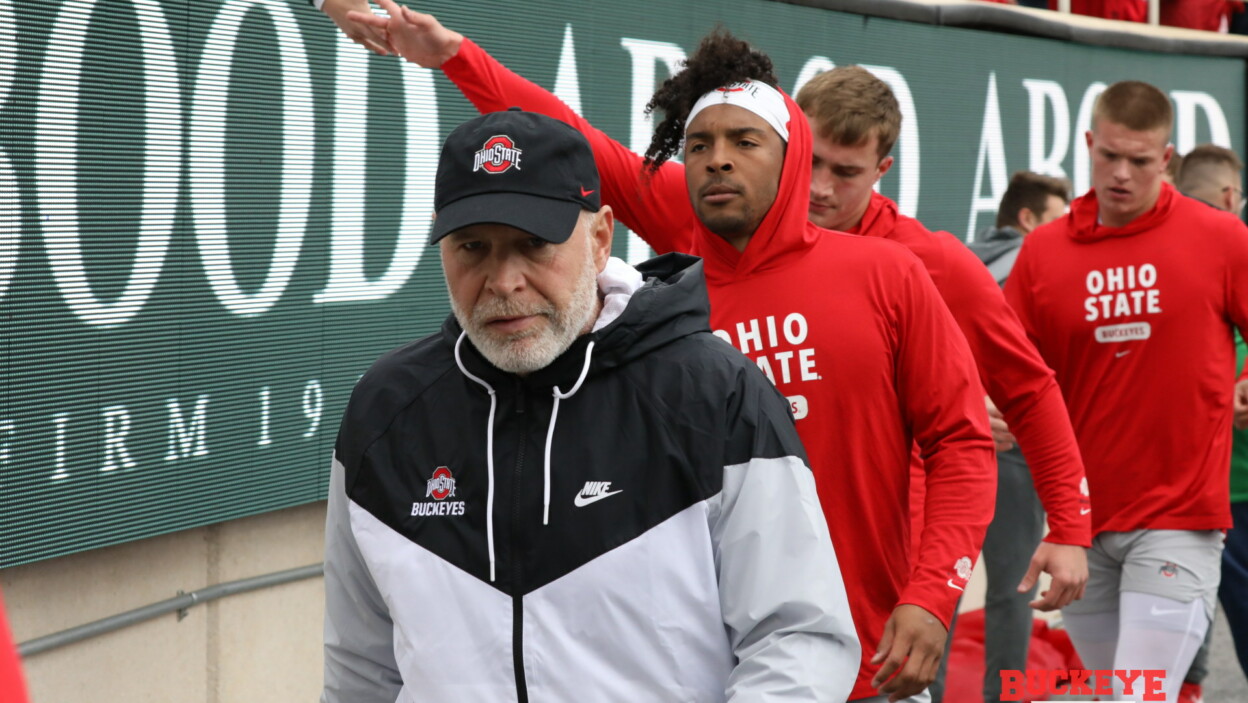
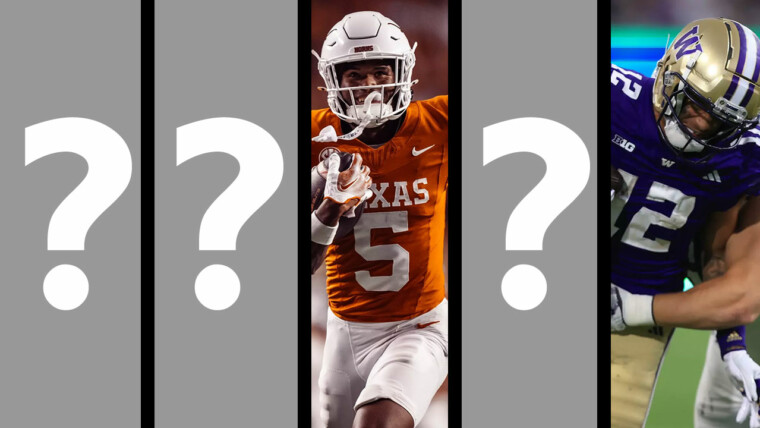
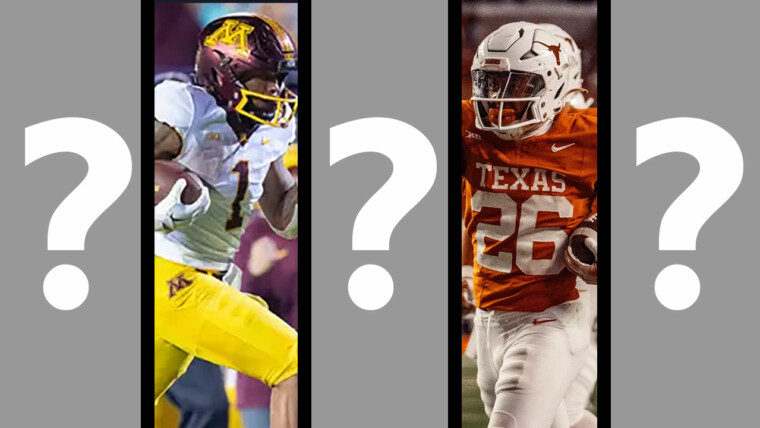
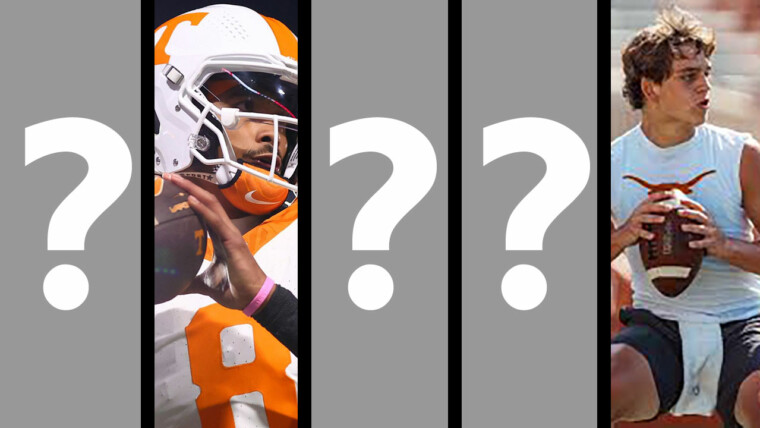
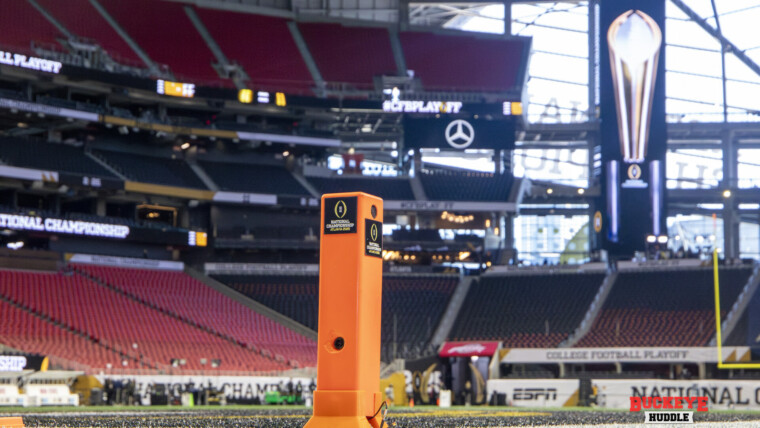

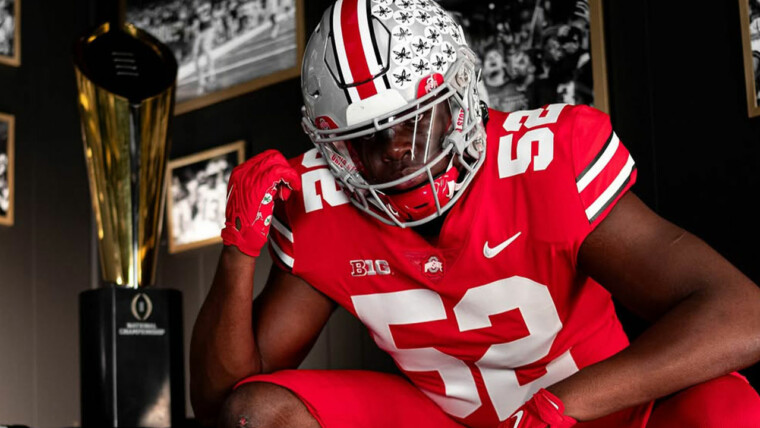
As June wraps up defensive end options dwindle for Ohio State
Reviewing Ohio State official visitors after chaotic month of June
The Impact: Cameron Brickle gives Ohio State another run-stuffing defensive tackle
50 For 50: What Will Brandon Inniss Bring To Ohio State’s Offense?
The Latest on Five-Star Offensive Tackle Felix Ojo
The Impact: Ohio State lands key commitment from cornerback Jordan Thomas
Do the Buckeyes Lead for the Nation’s Top Linebacker?
The Impact: Kayden Dixon-Wyatt is latest prototype receiver to commit to Ohio State